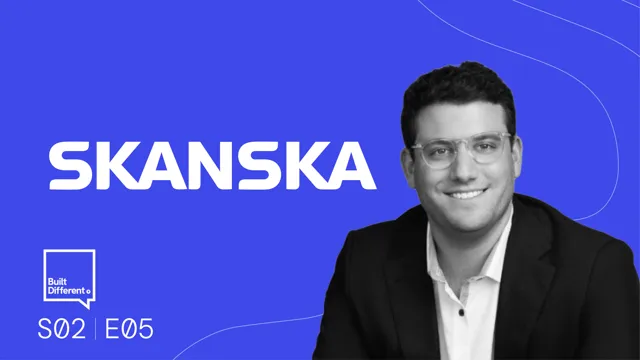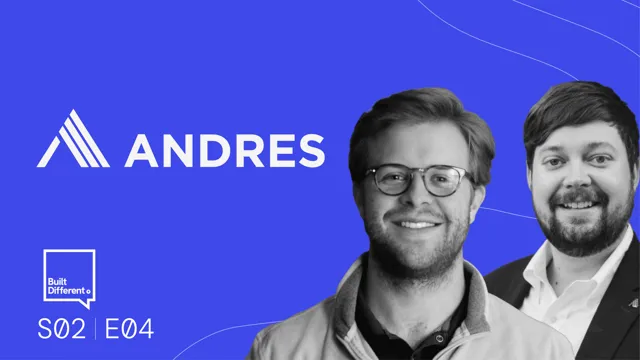Watch the session:
Download the slides:
Anthony Hartke
|
29
MIN
Translating Workflows from Mega Jobs to Smaller Ones
There is no one-size-fits-all solution for every construction project... In this episode of Built Different, co-hosts Grant Hagen and Brian Vizarreta sit down with Anthony Hartke, VDC Manager at Turner Construction, to discuss how tech solutions from big projects can be translated to smaller ones, and why every project should use some form of reality capture.


